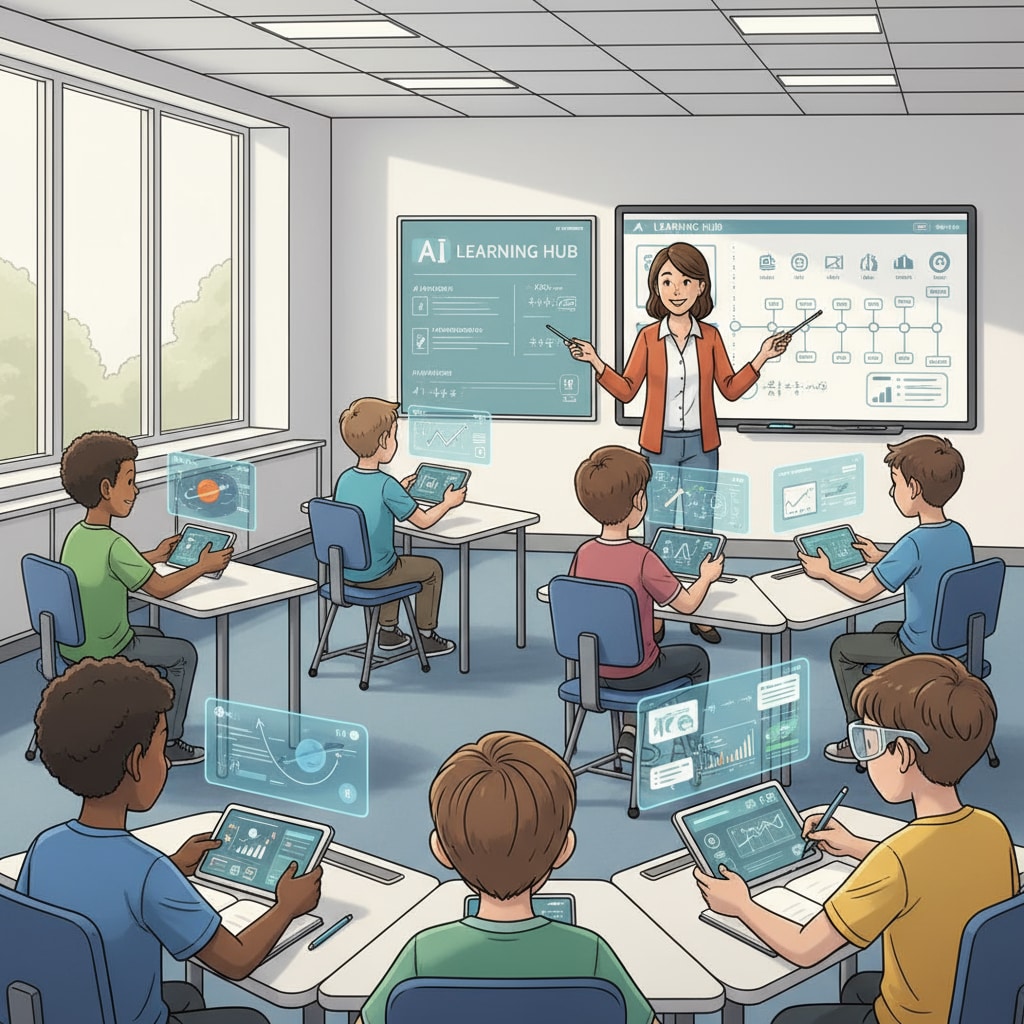In the age of AI, the issue of AI, homework, and grade inflation has emerged as a significant concern in the academic world. The widespread application of AI technology in the education field has revolutionized the way students complete their homework, leading to a disturbing trend of grade inflation. This phenomenon not only undermines the integrity of academic achievements but also raises questions about the effectiveness of the current assessment system.

The Impact of AI on Homework Completion
AI has introduced new tools that can generate written content, solve complex problems, and even create presentations with ease. For example, students can now use AI writing assistants to produce essays, which may seem well-written but lack the depth of understanding that comes from genuine study. As a result, what was once a measure of a student’s effort and knowledge in homework is now being distorted. According to EdSurge’s report on AI in education, these tools are becoming increasingly popular among students, leading to a potential devaluation of the learning process.
The Rise of Grade Inflation
With the assistance of AI in homework, grades are rising without a corresponding increase in students’ actual learning. Teachers are often left with the challenge of differentiating between work that is genuinely the student’s and work that has been aided by AI. Grade inflation has far-reaching consequences. It makes it difficult for universities and employers to accurately assess a student’s capabilities. As stated in The Chronicle of Higher Education’s article on grade inflation, this trend can mislead stakeholders and devalue the significance of academic degrees.

To combat this issue, educational institutions need to reevaluate and redefine their assessment systems. This could involve a shift from traditional homework-based evaluations to more comprehensive and interactive assessments. For instance, in-class discussions, real-time problem-solving activities, and oral presentations can better gauge a student’s understanding and knowledge. Additionally, educators can incorporate anti-AI detection tools, although these also need to be continuously updated to keep up with the evolving AI technology.
Readability guidance: By using short paragraphs and lists, we can clearly present the key points. For example, in this section, we have listed different aspects of the problem and potential solutions. The passive语态 is used sparingly, and transition words like “for example”, “as a result”, and “additionally” are incorporated to enhance the flow of the text.


